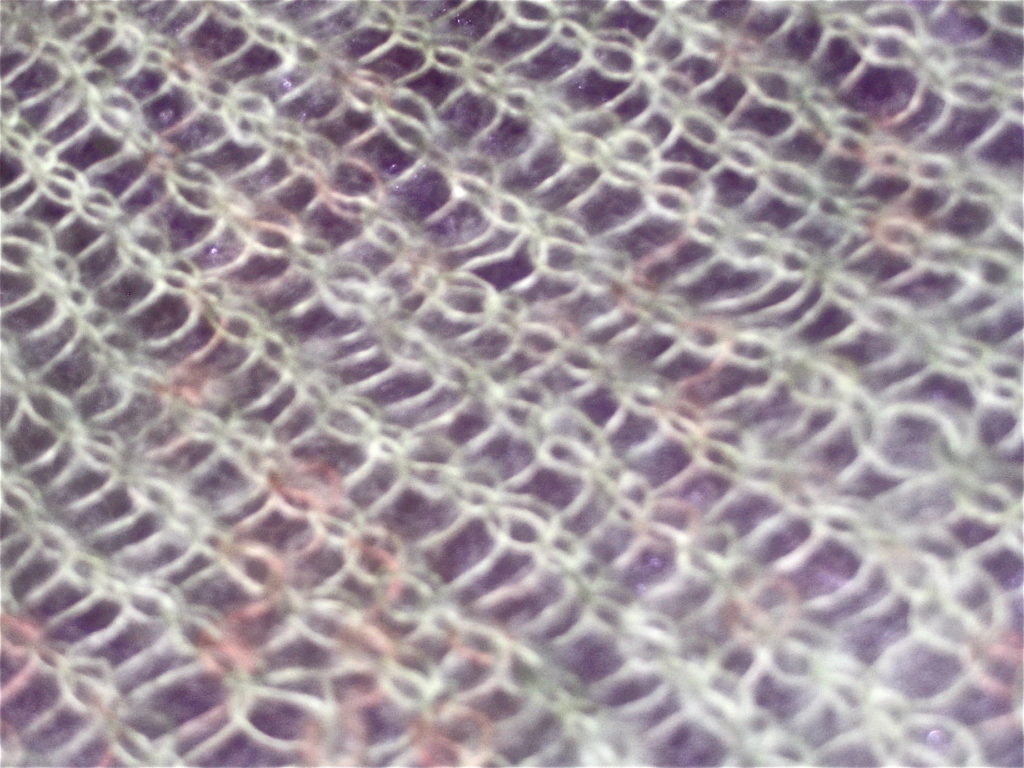Known in the West as dervishes, trance-dancers in white wool cloaks and red felted hats spin their bodies as part of their devotion. Scholars trace the origins of the sect’s name to the Arabic Suf (sūf), which can either be linked to the root word for wool weaver or person who wears wool. Some historians say that early Sufi teachers wore rough woolen cloaks and that this is the reason for the name. Yet others say that Sufi derives from a similar root, safa (safā), the word for purity and has nothing at all to do with wool. Yet, others like to think that its origin is from the Greek word sophos, meaning wisdom.5 As is sometimes the case with reasonable but divergent explanations, a uniting explanation was created by a scholar named al-Rudhabari, who said, “The Sufi is the one who wears wool on top of purity.

Sufism is a practice of Islam that spread through Arabia, Persia, Iran, Iraq, Turkey, Indonesia, East Asia, India and elsewhere. As in many other traditions, Sufi stories are passed from teacher to students as a way to teach concepts. What follows is a teaching story that uses wool as the actual and metaphoric symbol of how one can perform the most mundane of daily tasks with heightened mindfulness, showing that meditation and devotion are not necessarily divorced from humble materials or everyday work.
A Sufi Story
Once upon a time, a weaver in a small village sat through the day, spinning the wool to prepare his loom for weaving. Using a wooden spindle, he drew the wool in one motion from the distaff that held the carded fleece across his body to the spindle. As he pulled the loose wool, he twisted it in a smooth and rhythmic motion and, as he twisted, the fleece turned into thread and he wound it around the spindle. As he wound it around the spindle, the weaver chanted: la illaha illa’llah, there is no god but God. Throughout the day, until he had enough thread for his loom, he would chant and spin. His goal was to focus his awareness on the wool so that the pull and twirl became one smooth movement in which the wool never broke – for when it broke, his rhythm halted, and he would have to stop to tie a knot. Too much control and the pulling will break the thread. Too little focus and the thread would not have enough twist or lie slack between the distaff and the spindle. The story concludes that the practice is to have the mind, body, voice, and hands united in an unbroken awareness, moving in grace and focus.
